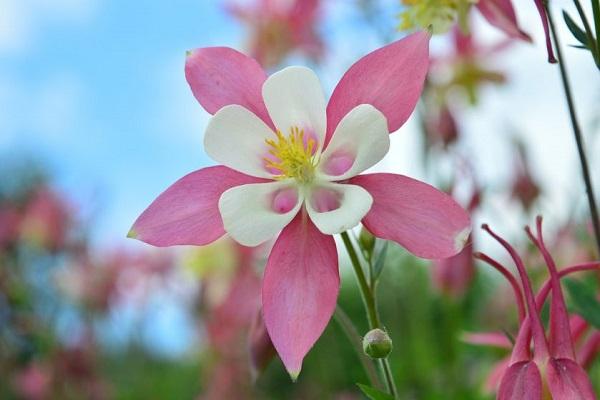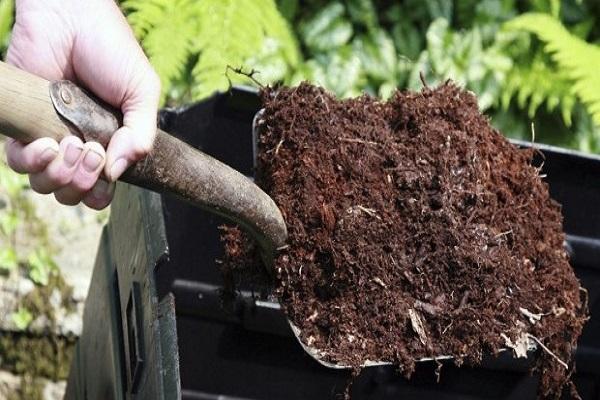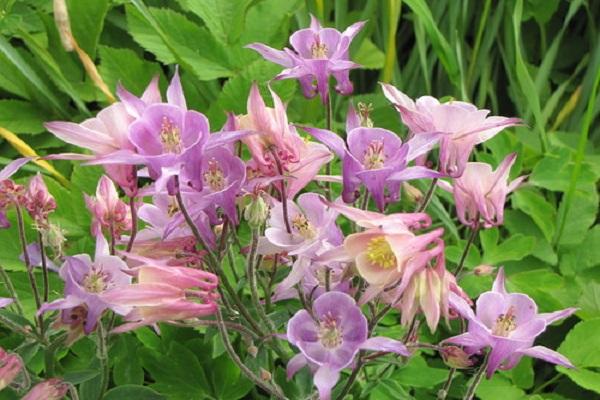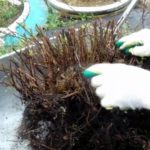Hundreds of species and varieties of plants from the Ranunculaceae family are grown in the gardens. They are a wonderful decoration for any landscape. Most should be provided with a good winter. Aquilegia does not require special preparation for winter, but the roots need protection from frost. To get beautiful flowering next season, you need to take the necessary measures.
How to care for perennial aster when cold weather arrives
The plant does not need special care. In the warm season it pleases with flowers of various colors.And in the fall you should worry about how the flowers will survive the winter.
Various shelters, pruning for the winter, and mulching the soil will help provide protection from frost.
Do I need to prune Aquilegia for the winter?
The above-ground part of the perennial dies off with the onset of cold weather, and the rhizome with growth buds remains in the ground. Therefore, in the fall, the main task is to prepare the root system for wintering. To do this, remove the stems and leaves.
Autumn pruning is necessary in order to:
- prevent rotting of the root system;
- destroy pest larvae;
- insulate the root.
Important: the above-ground part is cut off with the onset of frost.
The cut parts of the flower are used for compost. But if they are infected with diseases, it is recommended to burn them.
When and how is the best time to prune?
For pruning flowers, a favorable period is considered to be the time without precipitation. It is recommended to carry out the process from late October to mid-November, when the air temperature has dropped to 5 degrees Celsius. The garden soil should still be loose, but at night it is already starting to freeze.
Stems up to 5 centimeters high are left above the soil surface. They should be sprinkled with loose soil or sawdust.
Preparation of covering materials
Adult plants are quite cold-resistant, so they do not need additional insulation. Young varieties are weaker and therefore need shelter.
For flowers of the Ranunculaceae family, it is recommended to prepare spruce branches or non-woven material.
Non-woven material has the following advantages:
- when touching a plant it does not injure it;
- transmits light, air, water;
- protects from frost;
- protects from exposure to ultraviolet rays;
- doesn't break.
If non-woven material is not available, you can use coniferous tree branches. It is recommended to cover the top with film and cut shoots. This will provide the plants with dry cover.
How to cover flowers for the winter?
After the onset of persistent frosts, it is recommended that flowers be mulched annually before covering. Mulch should be up to 4 centimeters. It is recommended to cover the root system:
- a mixture of garden soil;
- compost;
- humus;
- peat.
This mixture will not only protect the plant from freezing, but will also provide additional nutrition.
Non-woven material is covered on top of the mulch.
What you should pay attention to?
It is necessary to pay attention to varieties that are more than 5 years old. Such plants have protruding roots, which harms young leaves and shoots. Therefore, it is recommended to sprinkle the rhizome with peat manure compost.
Some flower diseases are associated with low temperatures. If the plant is not already covered, it is treated with insecticides and then covered with non-woven material.
After flowering in autumn, the stem is cut off at the root. This gives a neat appearance to the flower garden, and also prevents clogging with hybrid self-seeding, since most varieties are easily crossed with each other. New bushes will begin to grow around the old flower, and the flowerbed will lose its decorative effect.
Before winter, plant seeds are often sown. The process is carried out independently or by self-seeding.
To get early flowering, the flower is forced. To do this, in the fall the plant is transplanted into a flower pot and taken to a basement or cold greenhouse. In January-February, the flower is transferred to a bright room where the temperature is maintained at 14-17 degrees. If all conditions are met, the flower will bloom in April.
Possible problems
The plant does not like constant dampness. It will die from excessive moisture. The flower grows poorly in dark places. This provokes the appearance of diseases such as powdery mildew. Pathology is determined by a white coating on the leaves. It is recommended to get rid of powdery mildew with a sulfur solution.
If darkened watery spots are visible on the foliage, this indicates the presence of gray rot. To cure the plant, it is necessary to spray it with a strong manganese solution or fungicides.
The plant is represented by different hybrid varieties and variety mixtures. You can admire the blooms until autumn. Despite frost resistance, flowers require shelter in winter.















